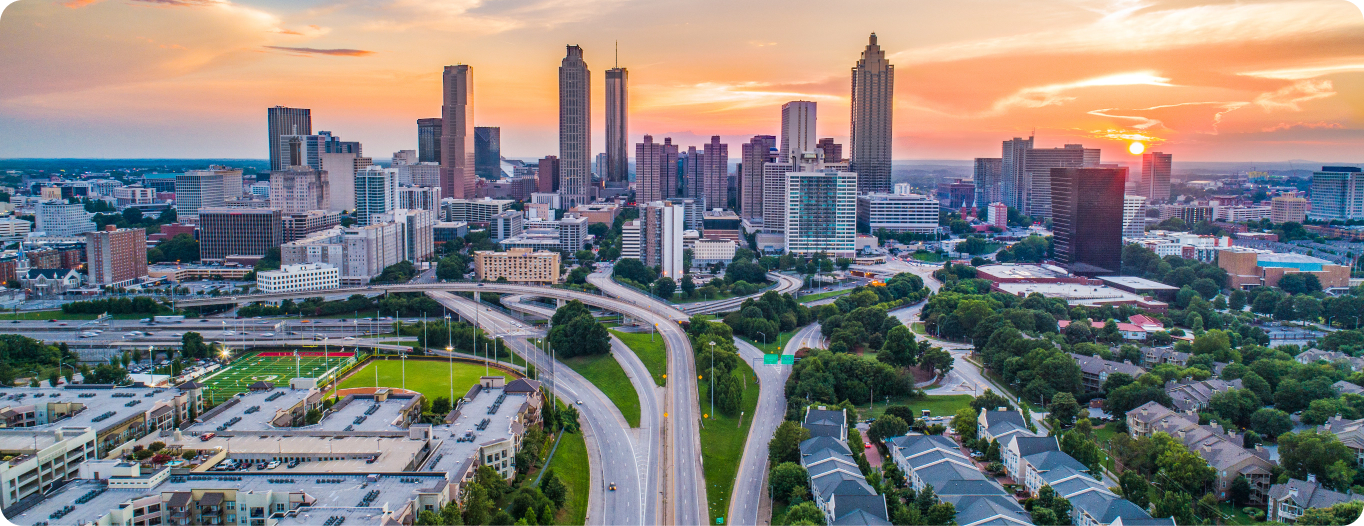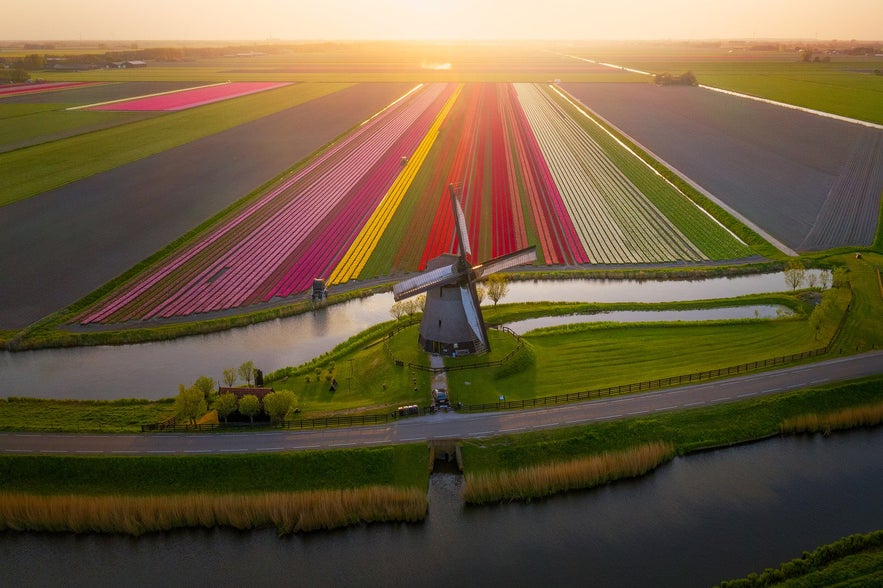Searching for a Drone Photographer? Get Crystal-Clear Aerial Photos for Any Project
Searching for a Drone Photographer? Get Crystal-Clear Aerial Photos for Any Project
Blog Article
Transform Your Viewpoint: The Art and Science Behind Drone Photography
Drone photography stands for a considerable intersection of creative vision and technical innovation, allowing makers to capture viewpoints previously unattainable. Recognizing the technicians of drone modern technology, from equipment options to make-up techniques, is essential for achieving compelling images. Moreover, factors to consider such as lighting and ecological problems can greatly influence the final outcome. As photographers fine-tune their skills in both airborne technique and post-processing, they open a richer narrative capacity. What truly differentiates reliable drone digital photography from mere airborne pictures? Discovering this inquiry exposes much deeper insights into the craft and its advancing landscape.
Understanding Drone Technology
Understanding drone modern technology is essential for anybody curious about using its capabilities for digital photography. Drones, or unmanned aerial automobiles (UAVs), count on a mix of hardware and software program to attain flight and capture images. At their core, these tools are equipped with sensors, video cameras, and navigation systems that permit them to fly autonomously or be managed from another location.
The main elements of drone modern technology include the flight controller, which works as the brain of the drone, processing information from numerous sensors to make sure secure trip. Furthermore, general practitioner innovation plays an important function in navigating, enabling drones to follow pre-defined trip paths and preserve their placement even in challenging problems.

In addition, comprehending the governing landscape surrounding drone use is crucial, as it controls where and just how drones can be operated, ensuring safety and conformity. Experience with these elements of drone technology encourages professional photographers to maximize their innovative capacity while adhering to lawful standards.
Vital Tools for Drone Digital Photography
Choosing the ideal devices is important for accomplishing exceptional lead to drone digital photography. At the heart of this setup is the drone itself, which ought to be chosen based upon trip stability, camera top quality, and simplicity of use. Popular models commonly include integrated high-definition electronic cameras that record stunning aerial images.
Along with the drone, purchasing a high-grade video camera is necessary. Several drones come outfitted with cams with the ability of capturing in 4K resolution, however for professional-grade results, take into consideration a drone that permits for compatible cameras or supports bigger sensing units. This flexibility can dramatically improve picture top quality.
Stablizing is an additional crucial element. A three-axis gimbal is recommended for smooth video, decreasing vibrations that can take away from photo clearness. Additional batteries and a reputable charger make sure extensive trip time, allowing for even more extensive shoots (drone photographer coeur d'alene).
Understanding Structure Methods
Understanding structure strategies is basic to elevating your drone digital photography from ordinary to phenomenal. A well-composed picture captures the customer's focus and conveys a powerful story.
One of the necessary principles to take into consideration is the rule of thirds, which involves splitting your structure right into a grid of 9 equivalent parts. Placing crucial elements along these lines or at their crossways produces visual interest and equilibrium. Furthermore, leading lines can direct the viewer's eye via the photograph, accentuating the subject and including depth.
Another efficient technique is framing, where all-natural aspects such as trees or buildings enclose the topic, improving the centerpiece. her response This method not only gives context however also produces a sense of affection within the scene.

Finally, constantly be mindful of the perspective line. An uneven horizon can sidetrack and take away from an or else captivating image. By understanding these make-up strategies, you can considerably improve the influence of your drone digital photography.
Lighting and Weather Considerations
In drone digital photography, the interaction of lighting and climate can substantially influence the top quality and mood of your images. Optimum illumination conditions are critical; the golden hours-- quickly after sunup and before sundown-- offer soft, diffused light that enhances colors and reduces extreme shadows. During these times, the landscape shows up a lot more vibrant and vibrant, enabling impressive aerial shots.
Conversely, overcast skies can generate a level, muted combination, yet they can additionally give also lighting that reduces contrast and highlights information in the setting. This can be beneficial for recording structures in urban settings or complex patterns in nature.
Climate conditions, such as snow, rainfall, or haze, can additionally include unique elements to your digital photography. Haze can develop a sense of secret, while rain can improve colors and fill the landscape. However, it is necessary to consider the safety of your drone; flying in damaging climate condition can cause devices damage or loss of control.
Inevitably, understanding exactly how illumination and weather affect your aerial shots allows you to choose the excellent conditions for your drone digital photography, making certain visually striking and engaging images.
Post-Processing Advice
After capturing magnificent airborne photos, the following step involves refining those shots via post-processing. check out here This critical phase boosts the visual effect of your pictures, enabling you to highlight the unique point of views that drones provide.
Begin with software application devices like Adobe Lightroom or Photoshop, which offer durable modifying abilities. Begin by remedying exposure and white balance to ensure that your shades show up realistic. Make use of histogram checks to achieve ideal illumination levels, avoiding overexposure or loss of detail in darkness.
Next, boost contrast to include deepness to your photos. click now Adjusting clarity can develop vital information without introducing noise, which is particularly useful in aerial shots where texture plays a substantial function. Don't shy away from chopping; this can help focus the audience's attention on the major topic.
Color grading is another effective tool. Try out saturation and vibrance to make the landscape pop, however apply these adjustments carefully to keep a natural appearance. Finally, think about applying a minor vignette to assist the audience's eye toward the facility of the photo. By understanding these post-processing strategies, you can boost your drone photography to new elevations.
Final Thought

What really distinguishes reliable drone photography from simple aerial pictures? Several drones come equipped with electronic cameras capable of shooting in 4K resolution, yet for professional-grade results, take into consideration a drone that permits for interchangeable cams or supports larger sensors. By mastering these composition techniques, you can considerably boost the effect of your drone photography.
In drone digital photography, the interaction of lighting and weather condition can substantially influence the quality and state of mind of your photos (real estate drone photographer). By understanding these post-processing techniques, you can elevate your drone digital photography to new heights
Report this page